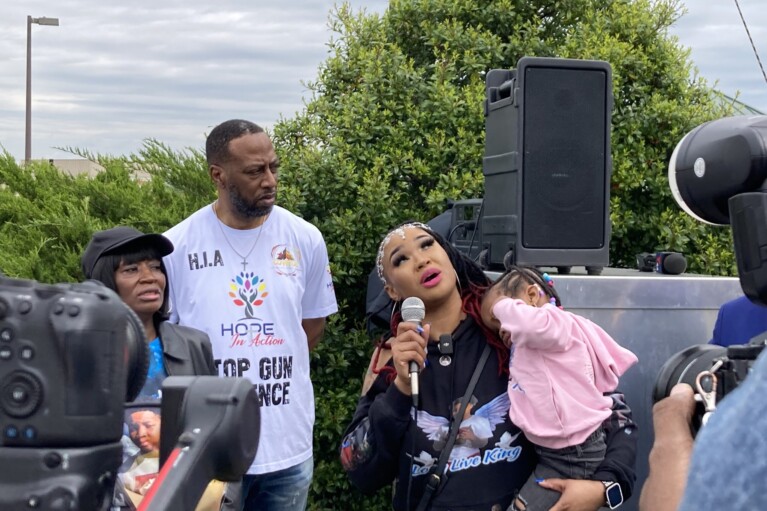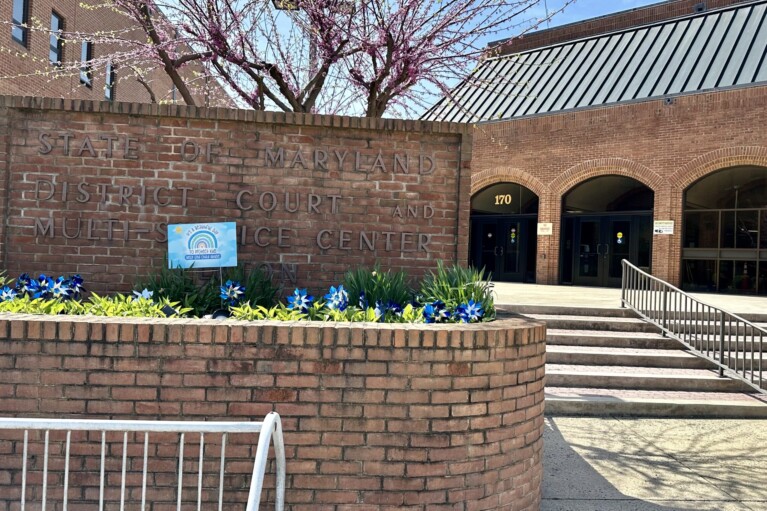
By Cara H. Drinan
The writer is a professor of law and director of faculty research at the Columbus School of Law at Catholic University of America and is an expert on youth justice and sentencing who has testified before the Maryland House of Delegates surrounding these bills.
As three youth justice reform bills sit before the Maryland legislature, the time is now for lawmakers to heed the science that tell us “kids are different.” If passed, these bills would improve outcomes for youth in the criminal system, but equally important, they’d make Maryland residents safer. Specifically, these bills would require police to notify parents before questioning a child in custody; ensure kids get a judicial hearing before their cases are moved to adult court; ban incarceration for kids who violate technical terms of their probation; and create more youth diversion opportunities, among other measures.
Quite frankly, they’re long overdue.
The science of adolescent brain development demonstrates what “any parent knows:” that the human brain is still developing well into the 20s. As a result, kids are impulsive; they value short-term rewards over long-term goals; and they are highly susceptible to peer pressure. Many kids will simply “age out” of criminal behavior.
In the past 20 years, the U.S. Supreme Court has recognized these facts and has found that youth are both less morally blameworthy than their adult counterparts and more amenable to rehabilitation. Relying on these findings, the court has banned capital punishment for minors, and it has significantly limited the extent to which states can impose juvenile life-without-parole terms.
States have embraced the same logic and have not only outlawed extreme sentences for youth but also have taken steps to keep youth out of adult courts, jails and prisons so that they can better address the underlying needs of kids in the system. Moreover, states are reconsidering sentences imposed on youth at the end of the 20th century, a period in U.S. corrections marked by draconian measures and later debunked myths about “juvenile super-predators.”
The momentum is in favor of youth justice reform because it’s the right move for kids, and Maryland should not fall further behind.
But equally important, these proposed bills enhance public safety. It’s time to accept that youth incarceration is not a public safety measure; rather, it’s a threat to public safety. Kids in detention experience a sense of excommunication, lack of family and peer connection, severe correctional measures like restraints and solitary confinement and, too often, abuse. As a result, incarceration has a criminogenic effect on kids – put simply, it makes them more likely to commit crime in the future.
Most kids who serve time in a correctional facility will return to free society as young people. It only makes sense that we’d want those young people to emerge rehabilitated, rather than further traumatized. We should seek to keep kids out of secure detention whenever possible and to address their conduct with evidence-backed therapy and rehabilitation services in their communities.
In rare cases when detention is absolutely necessary, it should be age and developmentally appropriate. In short, for those who genuinely seek a safe, secure community in which to work and raise families, youth justice reform should be a top priority.
While it is scary for readers to see headlines related to recent juvenile crimes like carjacking, these headlines can be misleading.
Overall, youth crime has been trending downward for decades. In Maryland, for example, minors accounted for 25% of homicides in 1995; in 2021 less than 5% of homicides were committed by young people.
Second, already too many youths are being detained for things like technical parole violations, and, if states inch back toward harsh correctional practices, additional kids who pose no risk to public safety will be locked up.
Finally, any recent uptick in juvenile crime should be seen through the lens of community-wide trauma: a global pandemic, tremendous school disruption, increased stress at home due to economic instability and widespread civil unrest. The realities of this moment have had the greatest negative impact on poor, minority and otherwise vulnerable kids. A knee-jerk reaction that entails cracking down on kids won’t generate long-term solutions, but it will inflict great harm in the short-term.
Maryland lawmakers should pass these three youth justice reform measures not just as an act of care and solicitude toward the state’s children, but also to enhance public safety.




 Creative Commons Attribution
Creative Commons Attribution